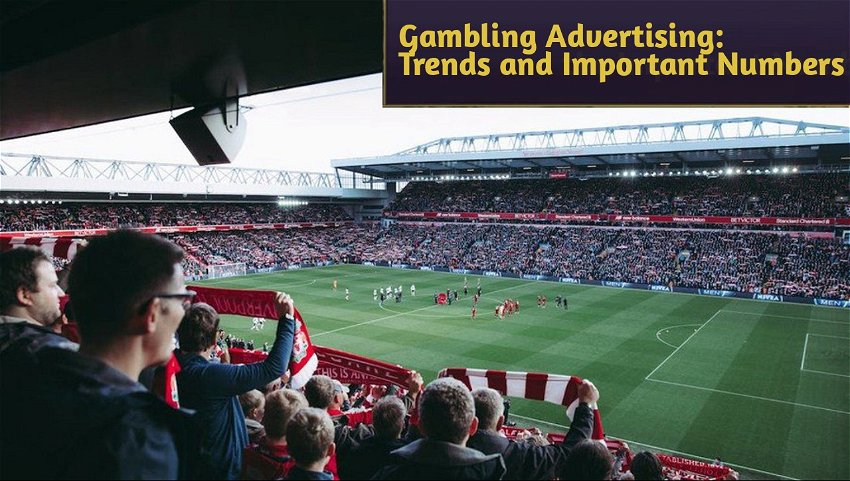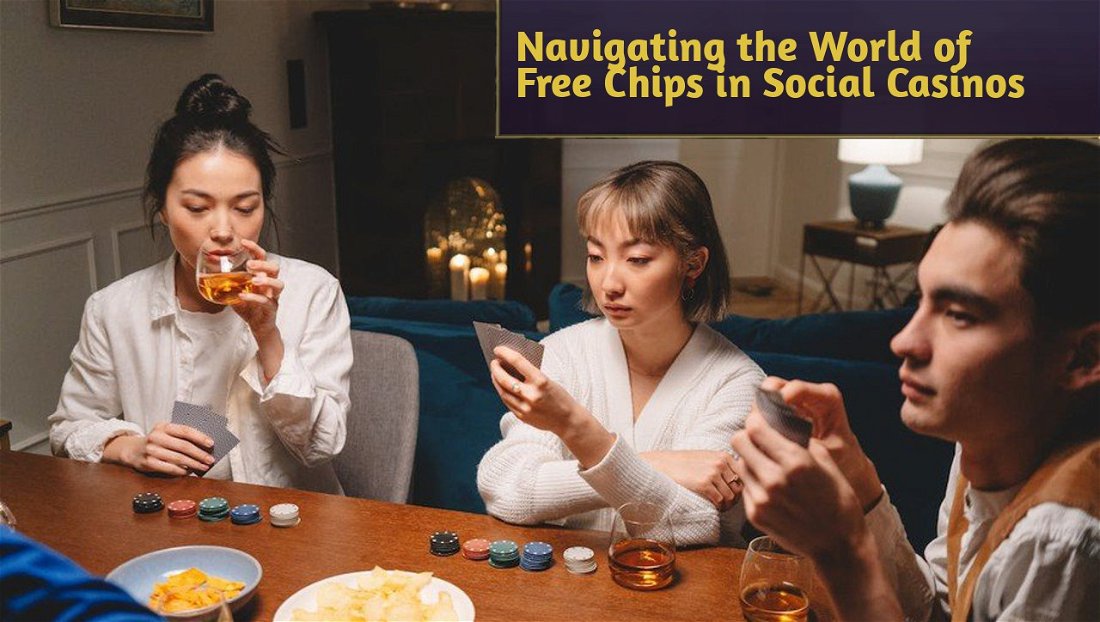Advertising is a human universal. In fact, you might call it our equivalent of the peacock’s plumage or the mandarinfish’s scales, albeit for products rather than genetics.
In the opening decade of the millennium, various estimates placed the number of adverts we saw per day at between 3,000 and 10,000, a figure that has since been revised to less than 100. It’s still a lot, but nowhere near the 625 ads an hour, six ads per second, that comes with the highest numbers.
Soccer Broadcasts
It’s fair to say that gambling advertisements are often left out of the mainstream statistics, perhaps because they target smaller demographics than those sought out by grocery stores and car manufacturers.
In the UK, a huge chunk of advertising spend (and exposure) involves Premier League soccer broadcasts, primarily because eight top-flight teams have a gambling brand on their shirt. This is closely followed by finance (five) and airlines (two).

One study found that a single match produced 3,500 instances of gambling material, with 7% of those coming from the players’ jerseys. Soccer and other sports tend to rent out large parts of the stadium for marketing purposes.
Advertising Spend
Ad
The USA has also seen a significant uptick in gaming adverts, mainly due to the rapid adoption of the pastime since 2018, when the Professional and Amateur Sports Protection Act was rescinded. Now, there are nearly 30 states that allow online or in-person sports betting.
Numbers from Statista indicate that online advertising spending has rocketed in tandem with the spread of casino and sports gambling across the country, from $1bn in 2021 to $1.8bn and $1.9bn in 2022 and 2023, respectively.
As more states warm up to gaming, including North Carolina, which will debut its sports betting operation on March 11, 2024, the amount of money that goes towards customer acquisition can only increase.
Bonuses
The Internet comes with unique advertising opportunities. Advice websites that distinguish one brand from another in a crowded market can help up-and-coming brands seem more prominent while showing confused visitors the best way forward.
The CASINOenquirer website posts online slot reviews for the Canadian industry and discusses the latest industry advancements. The site claims to guide players along the lines of their preferences, especially when it comes to bonuses.

Gambling ads (of all types) have an unusually high conversion rate. A study from the Gambling Commission of Great Britain (UKGC) found that free bet offers persuaded 22% of 4,566 people to sign up for a casino or sports betting website.
Ad
TV Advertising
Oddly enough, US marketing departments are still venturing offline to find their gamers despite a desire to find a younger, more tech-savvy audience.
The MediaRadar website claims that 69% of the money spent on gambling adverts in Q2 2022 ($738m) went to TV companies, newspapers, and similar analogue ways of promotion. This seems to contradict the assumption of print and cable TV’s decline.
Perhaps more importantly, these numbers are up over the previous year - by 27% for TV advertising and 52% for print spend.
Long-held Standards
In the UK, similar practices persist. The UKGC reports that the most prominent type of gambling advertisement is TV (76%). Sponsorships also play a significant role in the UK's gambling ecosystem, with up to 60% of impressions coming from sports merchandise.
Of course, all this presents a problem for marketers, as casino and sports betting sites seem to defy long-held standards for attracting customers. Add in the industry’s gifting economy, which grants freebies at the door, and it all starts to seem a little alien.
Yet, all the above points to a rosy future for the industry in the US. As for the UK, a potential crisis looms in the 2026/27 Premier League season, when gambling sponsorships will no longer be allowed on shirts.
Ad





— 코멘트0
첫 댓글을 남겨보세요